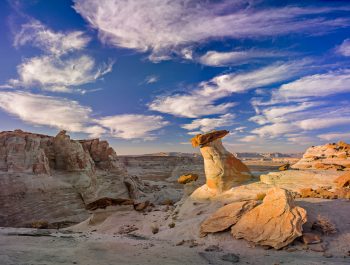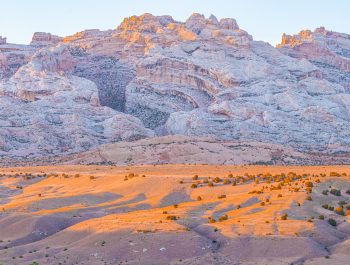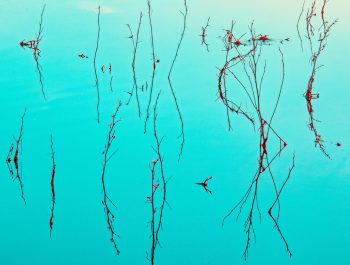The Language of Art Part 3 – The Lexicon
Introduction
In all languages, the lexicon comprises grammar and vocabulary. What differs between languages are the elements of the grammar and vocabulary used by each specific language.
Regarding the language of art, the grammar and the vocabulary are visual and verbal. This means that we use the lexicon of art to create art and to talk about art. Therefore, being fluent in the language of art means being able to use this lexicon both ways. Because creating art and talking about art are significantly different endeavors, separate learning, training, and practice are required to gain control of both.
This process is intuitive when students work under the guidance of a teacher with whom they have regular contact because the learning process involves both creating art and talking about it. However, the process is challenging when students study on their own, learning by reading and watching videos and practicing by creating art in isolation. In that situation, both the grammar and the vocabulary must be self-learned. Students run the chance of being exposed to the vagaries of unreliable or partial sources. It is possible that the language will be learned partially and that significant lacunes will surface.
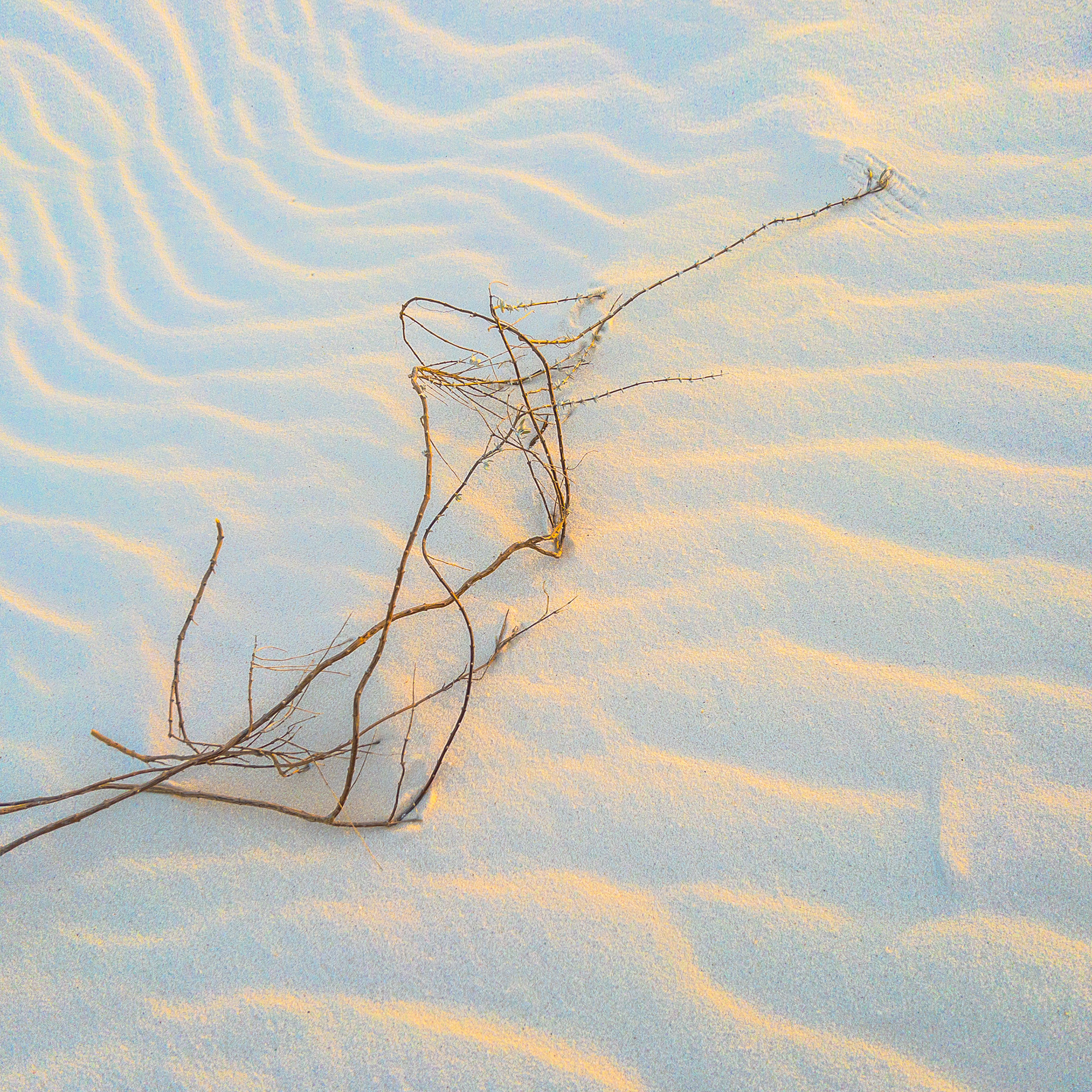
The Grammar
The grammar of art consists of the elements of art that are used to create images, photographs, paintings, sculptures, and other. The elements of art include light, color, contrast, composition, style, harmony, facture, movement, and every other element that goes into the creation of a work of art. Please note that the list presented here is partial, my goal is to talk about the language of art, not to teach the elements of art.
It is important to remember that this grammar is in constant flux. For example, it includes rules of art going back many years and rules of art that are being invented as we speak. Often, students resent being asked to follow the rules of art, arguing that these rules are outdated, stringent, limiting, and overall not fostering creativity. This approach reflects a misunderstanding of the grammar of art because it erroneously implies that this grammar is fixed, outdated, and of no use towards the creation of contemporary work. None of that is true. The grammar of art is in a constant state of flux and changes as we speak. Limiting one’s knowledge of this grammar to past rules reflects a limiting factor on the part of the teacher, the student, or both.
The Vocabulary
The vocabulary consists of the words we use to talk about art, ” the words of art.”
Vocabulary is important because naming things both defines these things and makes them real. We now have a word for the things we talk about. Instead of saying ‘this’ or ‘that’ we now have a name for them. The things we talk about are no longer just ‘something.’ They become the specific thing that words give them.
Often words used in the language of a specific profession are unknown to those who do not work in this profession. For example, the word facture, a central element of artistic vocabulary, is virtually unknown to students not trained in art. This situation is common to all professions, each having specific words to describe specific aspects of a profession.
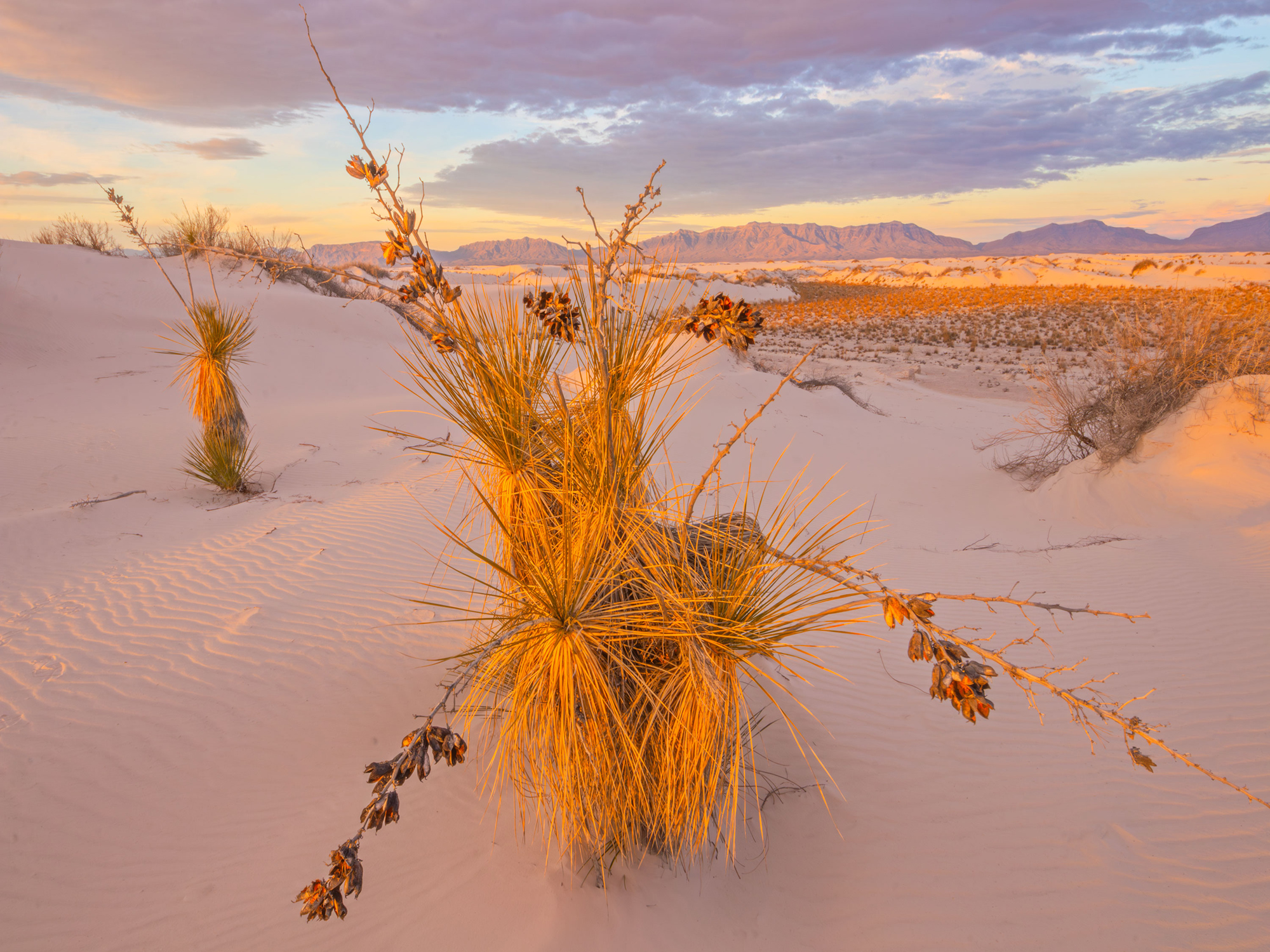
Naming What Is New
Naming things is important. This is evident when talking about new or emerging things after branching out from other things. Art movements, for example. One of the main problems the digital photography movement faces is that it does not have specific names for the specific things that can be done with it. For example, whatever an artist creates with digital capture and processing is called ‘digital photography’ regardless of the specific subject, treatment, facture, or style used by that artist. Similarly, whatever transformations an artist makes to a photograph in post-processing is called ‘photoshopping’ or ‘manipulation,’ again regardless of the specific treatment applied to the image.
The problem is that an infinite number of things can be done to an image with digital processing, things that are not only specific but also define an artist’s style. These things are important because they spell out what these artists do to their photographs. As such, these ‘things’ need to have specific names in order to talk about them not as a category but as the expression of an individual style.
Unfortunately, these words do not exist. To remedy this problem, I propose that we follow the tradition set by painters in the 20th century and add ‘ism’ to the digital transformations that photographers apply to their images. The motivation for this suggestion comes from the vast number of isms generated in the 20th century. The ‘ism’ movement has many branches, each coming out of the tree trunk called Modern Art. It is a simple technique that calls for adding ism after the word that defines the work of a specific artist or group of artists. The most common of these isms include, in chronological order and to name only the most well-known movements, Impressionism, Post-Impressionism, Fauvism, Cubism, Surrealism, and Post-Surrealism.
Let me give some examples of applying this approach to digital photography. What defines my work is color. Not color in terms of duplicating the colors of a real scene but the color in the sense of using colors for purely personal aesthetic reasons. Therefore, I propose to call what I do when I transform real colors into Briot colors Colorism. Similarly, I propose to name what I do when I use LUTs to transform the colors of my original captures Lutism. Again, when I inverse colors for reasons motivated purely by aesthetic considerations, I propose to call this Inversism. I also propose to call the things I do to my images, things that have come to be known amongst my followers as unspeakable, Unspeakabilism. And finally, as a tongue-in-cheek statement towards those who say I manipulate my images, I propose to call the whole process Manipulatism. To conclude, I need to point out that this list is far from complete because more ism terms need to be added, not only when talking about my work but also other digital artists’ work.
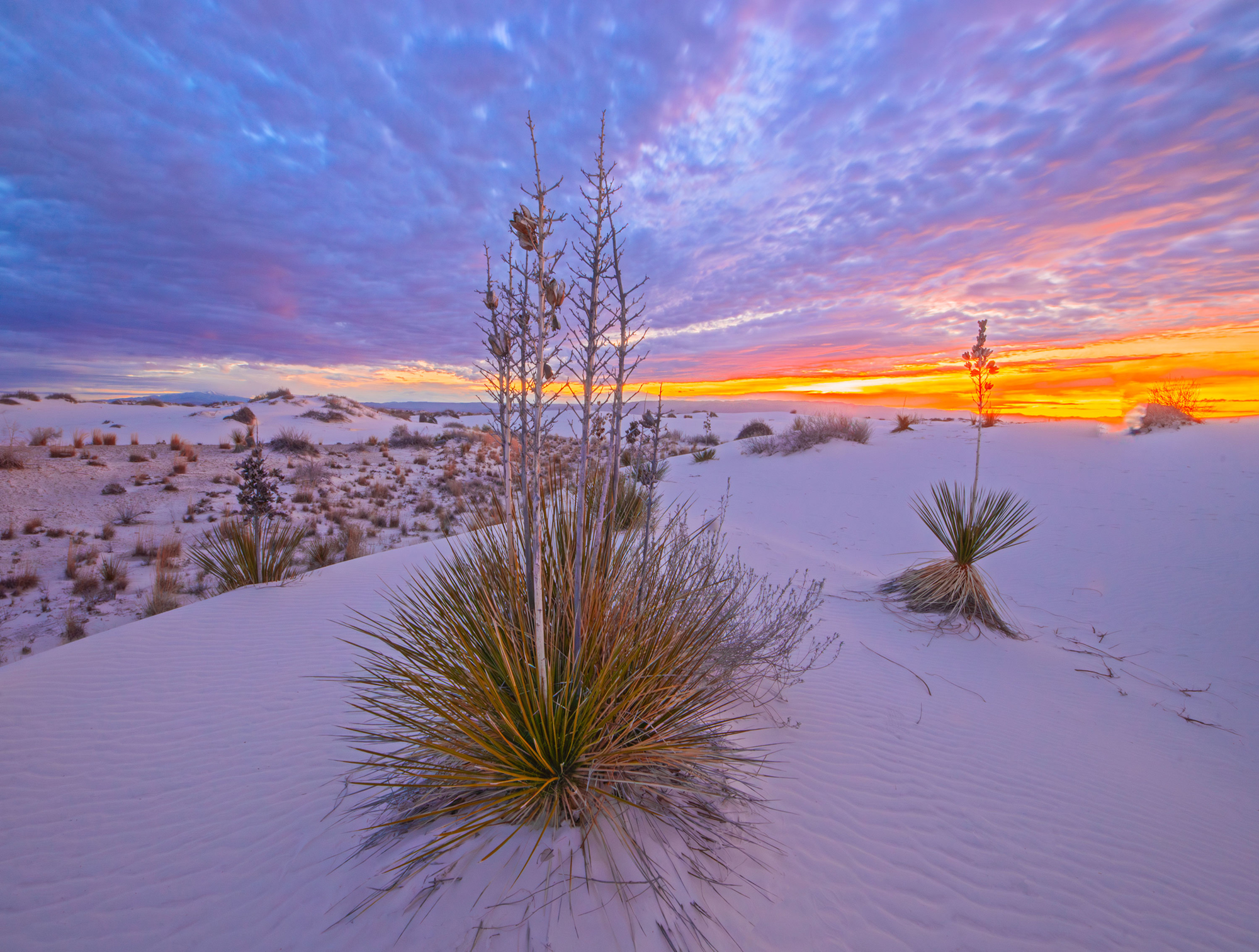
The Lexicon Can Be Boring
Regardless if they are old or new, the grammar of art, and to some extent the vocabulary, can, and often do, appear boring. How could they not? Reading a list of elements or words is comparable to reading a book on grammar or a dictionary. It is not something we do for fun. We do it because of necessity, as homework, or as a reference. We do not do it to be creative or to find inspiration.
Inspiration comes from using the lexicon. Unless one is a linguist, the lexicon itself is boring. What is exciting is using this lexicon to create art because it opens the possibility of sharing something personal and interesting to us. When we create, we move away from the artistic version of learning the ABCs, from ‘Spot jumps over the yellow ball,’ from ‘Mary had a little lamb,’ and from any examples, we learned by rote memorization in school.
Conclusion
Photography students often study art after practicing a technical or scientific profession. This is not surprising. Making a living selling art is challenging because there are only so many artists needed in our society. Art is not in as high of a demand as engineering, medicine, or law, to name but a few professions.
These professions use their own lexicon; therefore, their grammar and vocabulary fundamentally differ from the lexicon of art. How could they not, since these lexicons address fundamentally different purposes? The process is the same if the situation is reversed. In order to be successful in a technical profession, I would need to learn the lexicon of that profession. Using the lexicon of art would be futile.
Unfortunately, when learning art, the focus of technically trained students is on acquiring technical skills, not on learning the lexicon of art or, for that matter, on learning artistic skills. Again, how could they not? Through the practice of these professions, photography students learned that success comes from acquiring technical skills. Unfortunately, while this may be true in their professions, it is not true in art. Creating art is not a technical process. It is an artistic process. To this end, the artistic lexicon must be learned and used to succeed in art.
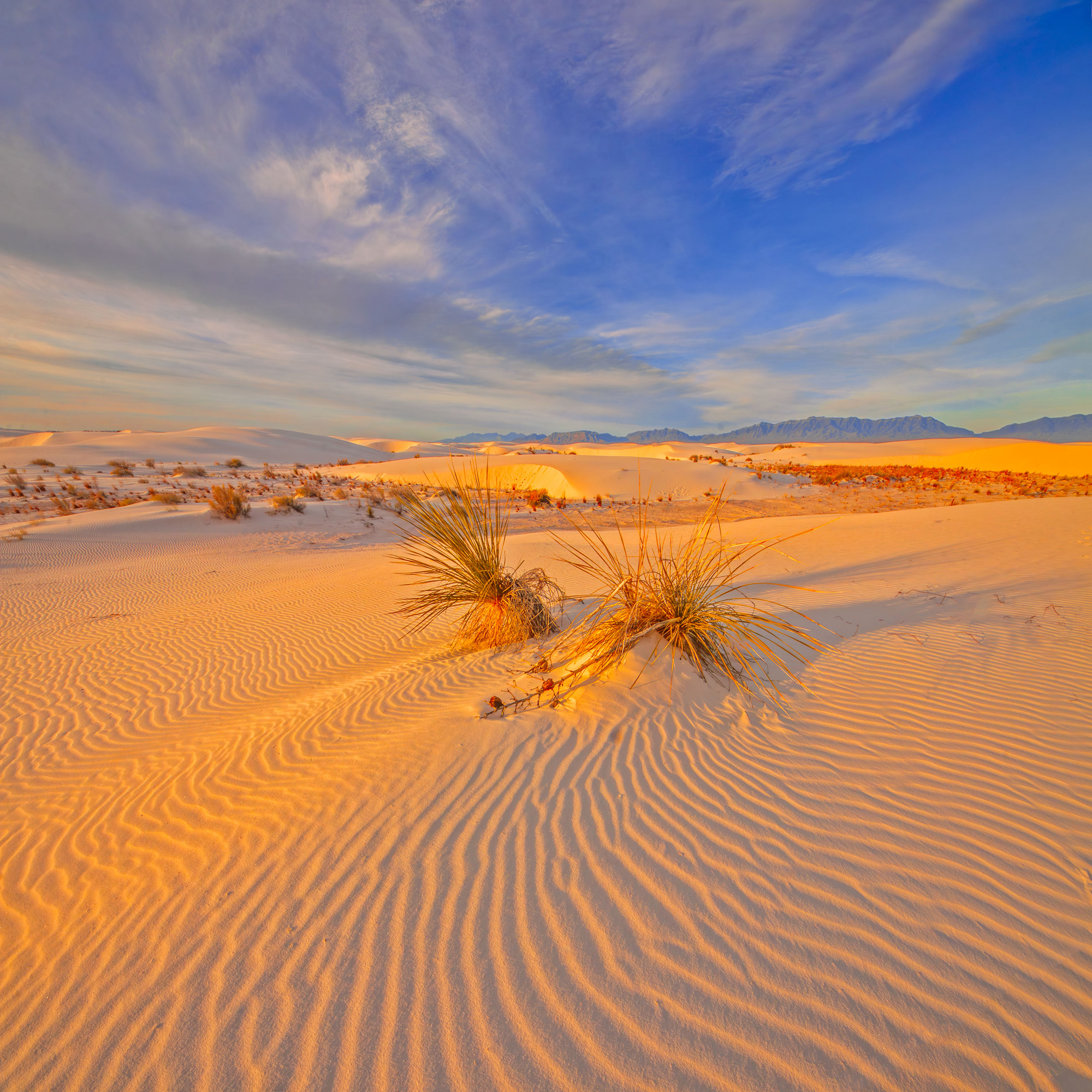
Coming Next
My next essay in this series about the Language of art will focus on the referent, a term I introduced that needs further clarification.
About Alain Briot
I create fine art photographs, teach workshops with Natalie and offer Mastery Tutorials on composition, image conversion, optimization, printing, business, and marketing. I am the author of Mastering Landscape Photography, Mastering Photographic Composition, Creativity and Personal Style, Marketing Fine Art Photography and How Photographs are Sold. All four books are available in eBook format on our website at this LINK. Free samplers are available.
You can find more information about our workshops, photographs, writings, and tutorials and subscribe to our Free Monthly Newsletter on our website at THIS LINK. You will receive 40 free eBooks when you subscribe.
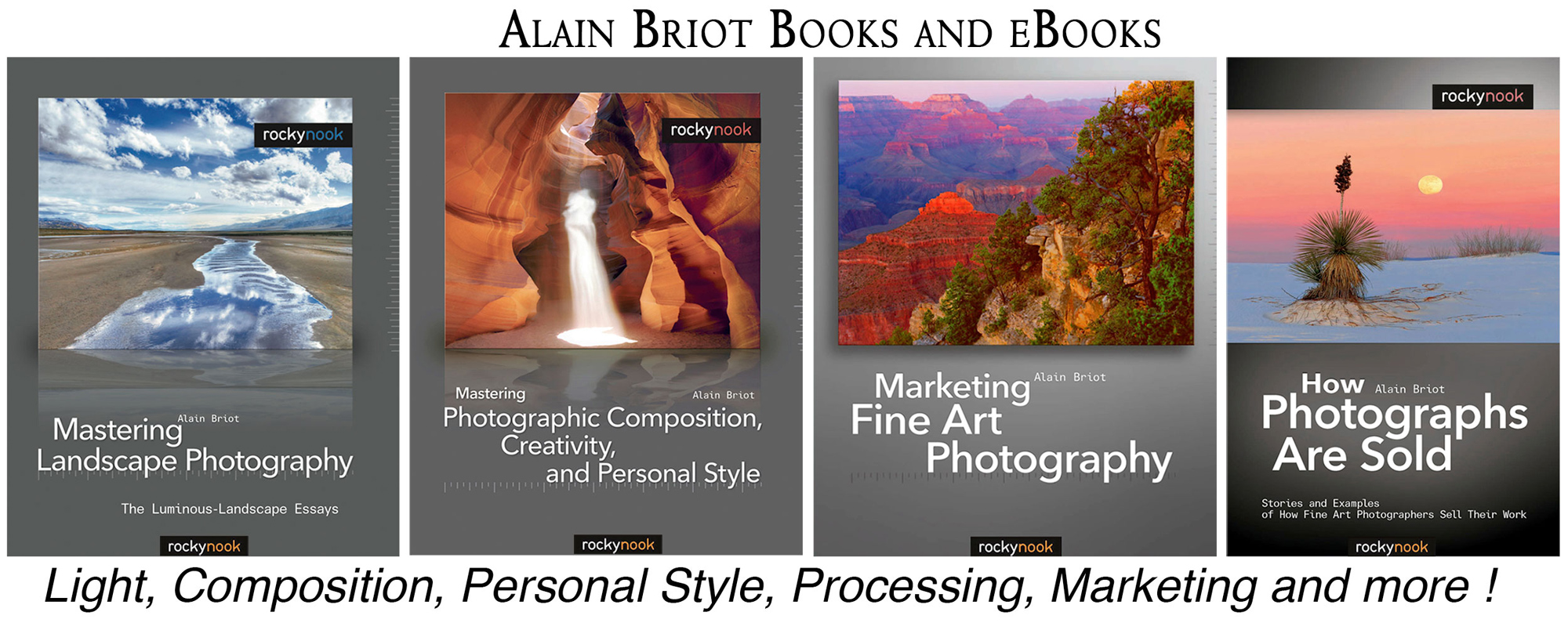
Studying Fine Art Photography With Alain and Natalie Briot
If you enjoyed this essay, you will enjoy attending a workshop with us. I lead workshops with my wife Natalie to the most photogenic locations in the US Southwest. Our workshops focus on the artistic aspects of photography. While we do teach technique, we do so for the purpose of creating artistic photographs. Our goal is to help you create photographs that you will be proud of, and that will be unique to you. The locations we photograph include Navajoland, Antelope Canyon, Monument Valley, Zion, the Grand Canyon, and many others. Our workshops listing is available at this LINK.

Alain Briot
June 2023
Glendale, Arizona
Author of Mastering Landscape Photography,Mastering Composition, Creativity and Personal Style, Marketing Fine Art Photography, and How Photographs are Sold. http://www.beautiful-landscape.com [email protected]






